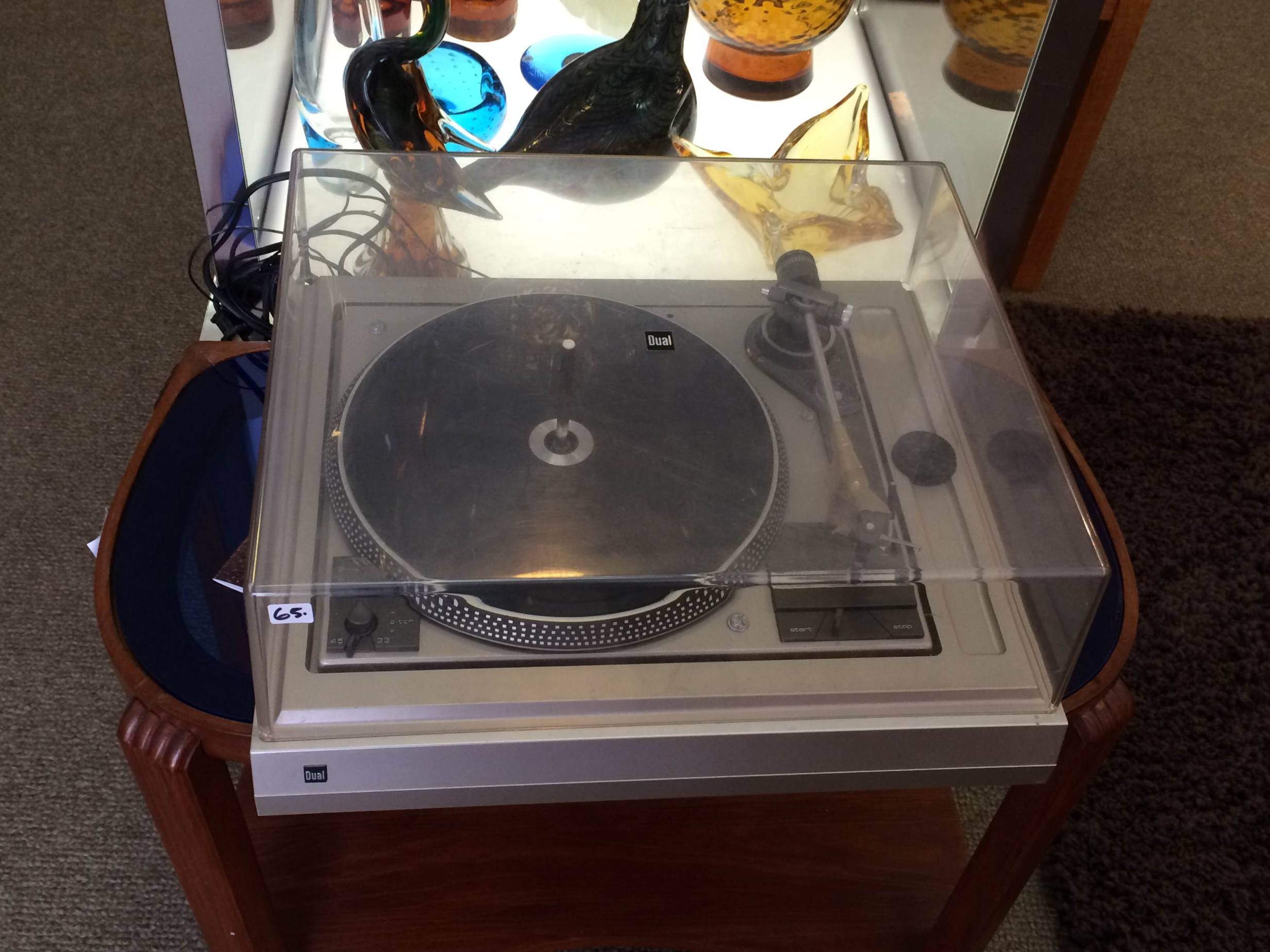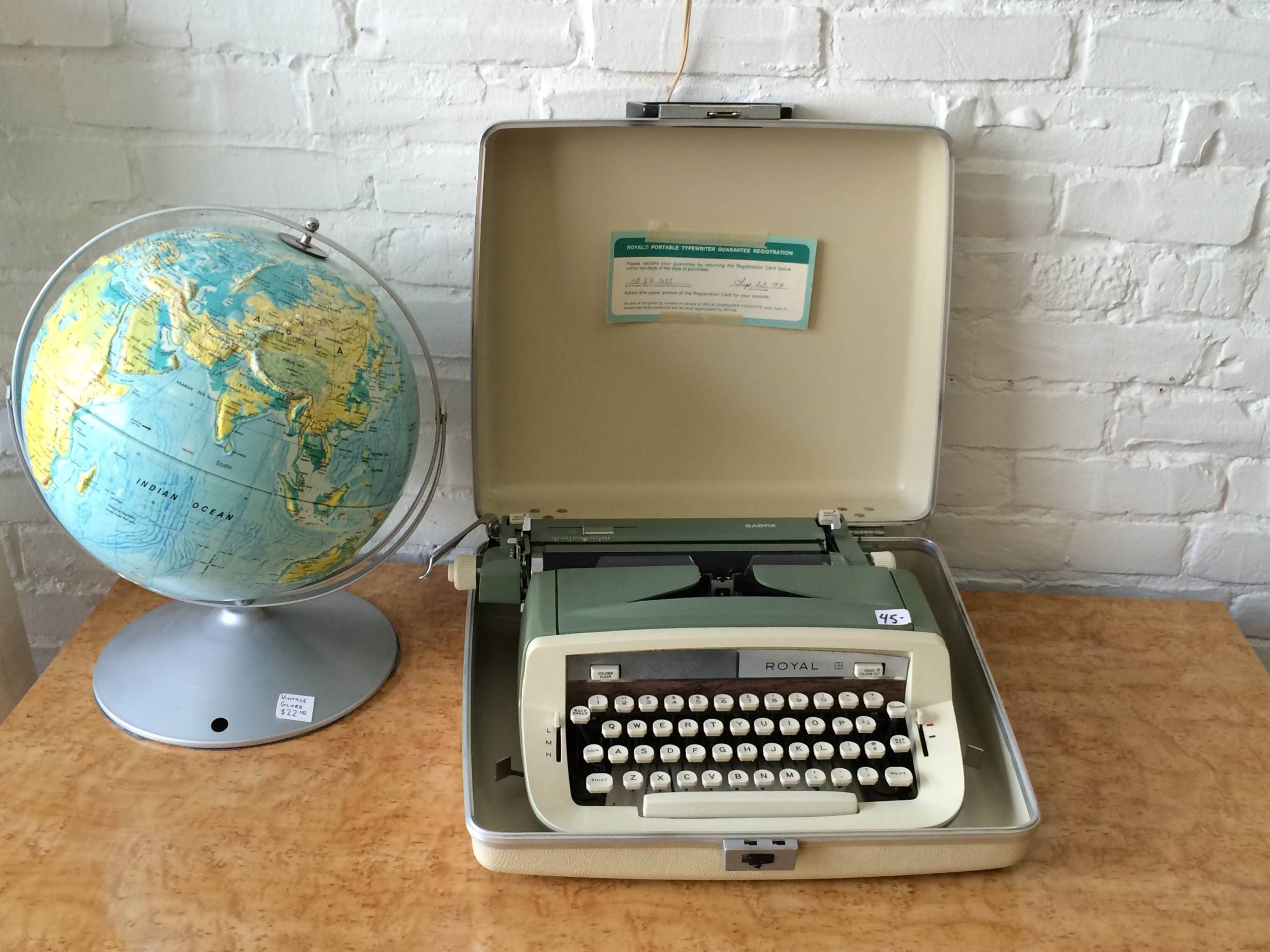It’s always interesting when shopping at a vintage or thrift store. The different eras represented amongst clothing, art, furniture, and literature show off a different time than the present. Whether the items were made in 2002 or 1952, there’s a different era revealed through style and substance.
In 2005 I bought a t-shirt at a vintage shop. Innocuous purchase, no doubt, but it said “Soccer Mom” on it. The wash of the grey color and the bold green font made it likely that the shirt was from the early 90’s. It looked like a t-shirt that started in the late 80’s and crossed over into 90’s fashion. Extremely short sleeves were part of the style.
I lost that shirt in college somewhere, but every once in awhile I would think about who had the shirt before me. It was a generic shirt, too. It would’ve been easier to create a backstory if the shirt had a soccer club’s logo or name on it. Was it a mother from the suburbs with multiple kids on the team that drove a minivan? Maybe it was a city mom, walking her kids down the street to the local fields to play against teams from local neighborhoods. My mind painted with specific brushes every time I thought about it.
 The intimacy of acquiring something that someone has worn and used is really cool. As a university student, discovering vinyl records was a big deal and I knew a good number of friends that were handed down their parents’ collections and turntables. My dad’s kind of an audiophile and so when I got his Marantz turntable and Infinity speakers from when he was in college, I was geeked. The speakers ended up degrading to the point where they were unlistenable and the turntable was damaged after a break-in. It was a bummer, and the connection to those items was lost. Their life cycle ended, and with them the connection to the past (a dorm room at Millikin University to a dorm room at the U of I) ended.
The intimacy of acquiring something that someone has worn and used is really cool. As a university student, discovering vinyl records was a big deal and I knew a good number of friends that were handed down their parents’ collections and turntables. My dad’s kind of an audiophile and so when I got his Marantz turntable and Infinity speakers from when he was in college, I was geeked. The speakers ended up degrading to the point where they were unlistenable and the turntable was damaged after a break-in. It was a bummer, and the connection to those items was lost. Their life cycle ended, and with them the connection to the past (a dorm room at Millikin University to a dorm room at the U of I) ended.
The idea of keeping the life cycle going of vintage items is an important one. They’re peeks into the lives of our past selves. Instead of history books, they’re relics, artifacts to be cherished.
One of the coolest places to observe that appreciation for them and that willingness to keep the cycle alive is Furniture Lounge. Mostly mid-century modern, the artifacts at Furniture Lounge have backstories. Most of the stories are unknown to customers, but the idea that they can create one themselves and appreciate things that brought people joy or comfort in the past is exciting and necessary.
It’s a really cool and hip shop, but Furniture Lounge is also a museum where everything is available to take home. It’s a shrine to the past, and it’s important that they’re a part of the fabric of Champaign.








